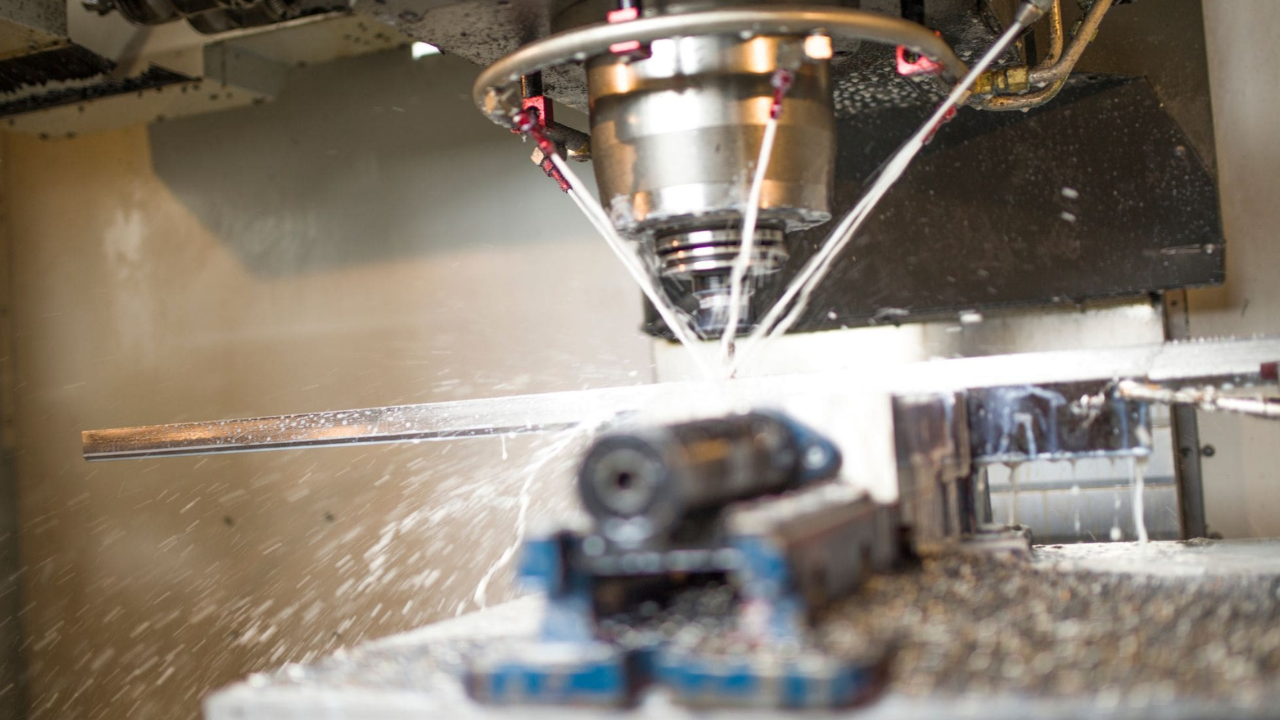CNC machining is a pivotal manufacturing system employing computerized, excessive-velocity cutting tools to form metal or plastic workpieces exactly to the preferred specs. Popular CNC machines consist of 3-axis, 4-axis, and 5-axis milling machines, lathes, and routers. The versatility enables CNC machining to produce tricky and complicated components with high accuracy and consistency, making it vital throughout industries.
The popularity of CNC machining revolutionized production by enhancing precision, lowering human errors, and accelerating manufacturing speeds. It has democratized access to excellent, custom components while optimizing material usage and minimizing waste. As technology advances, cnc machining keeps conforming to innovations including advanced CAM software programs, robotics integration for automation, and actual-time tracking structures, further enhancing performance and increasing its applications in present-day production tactics.
Best Practices for CNC Machining Cost Reduction
Decreasing fees in CNC machining entails a combination of optimizing design, material selection, machining processes, and workflow performance. Right here’s a detailed manual outlining the first-class practices for CNC machining cost reduction:
Simplify Part Designs
Simplifying element designs entails decreasing pointless complexities and features, that could streamline manufacturing tactics and decrease costs. By minimizing elaborate geometries and heading off overly tight tolerances, machining time and fabric waste can be reduced. This method no longer only complements production efficiency but additionally improves the general manufacturability of elements, leading to price savings without compromising the functionality or overall performance of the final product.
Use Standardized Components
The use of standardized additives in component designs can drastically reduce CNC machining expenses. Trendy components, along with fasteners, and bearings, are effortless to have and usually less expensive than custom or specialized elements. They simplify manufacturing approaches by reducing setup time, tooling charges, and machining complexity. This approach now not only cuts down on manufacturing costs but additionally complements basic manufacturing efficiency and lead instances.
Select Cost-effective Materials
Choosing cost-effective materials is vital for CNC machining cost reduction. Opt for materials that meet practical requirements at lower prices without compromising exceptional. Don't forget factors like cloth availability, machinability, and waste discount throughout machining. Now and again, opportunity materials with comparable residences can offer full-size savings. Additionally, optimizing fabric utilization via efficient nesting and minimizing scrap can further reduce cloth fees. This strategic method facilitates financial savings while retaining the required performance and sturdiness of machined elements.
Utilize the Right CNC Machine
Utilizing the right CNC machine for the job is essential for price-powerful machining. Pick out a device that suits the precise requirements of your components in terms of length, complexity, and material. This guarantees the finest performance and accuracy for the duration of production. Additionally, choosing a gadget with superior capabilities, which include excessive-pace machining capabilities or multi-axis functionality, can similarly increase productivity and decrease machining time, ultimately decreasing basic manufacturing fees.
Minimize Manual Finishing Processes
Minimizing guide finishing processes can significantly reduce CNC machining prices. Put into effect automatic finishing strategies like vibratory tumbling or abrasive blasting to streamline floor practice and deburring. These techniques lessen labor fees associated with guide completion and improve consistency in component exceptional. Additionally, optimizing machining parameters and tooling choices during CNC operations can reduce the need for considerable manual finishing, further enhance performance, and lower ordinary manufacturing time and fees.
Quality Control and Process Optimization
Quality control and process optimization are important for decreasing CNC machining costs. Enforce rigorous, high-quality manipulation measures to locate and prevent defects early in the manufacturing cycle, reducing scrap and transform expenses. Constantly optimize machining tactics through information evaluation and feedback to improve efficiency and accuracy. Utilize advanced metrology tools for specific dimensions and validation. With the aid of constant best practices and optimizing techniques, corporations can lower operational costs.
Risk Management in CNC Operations
Effective risk control in CNC operations involves identifying potential risks, including system breakdowns, material shortages, or layout flaws, early on. Mitigate risks by preserving ordinary device protection schedules, setting up contingency plans for material supply chain disruptions, and carrying out thorough design critiques before production. Implementing robust exceptional assurance tactics and training staff in risk awareness can also help decrease unexpected prices and delays, ensure easy CNC operations, and meet undertaking timelines correctly.
Sum Up
Imposing these best practices calls for a holistic method that considers design, material choice, machining approaches, workflow performance, and supplier control. By optimizing each issue of CNC machining operations, companies can obtain widespread value discounts while maintaining product satisfaction and transport schedules. This method no longer most effectively complements competitiveness but additionally positions businesses for sustained growth in the CNC machining industry.

